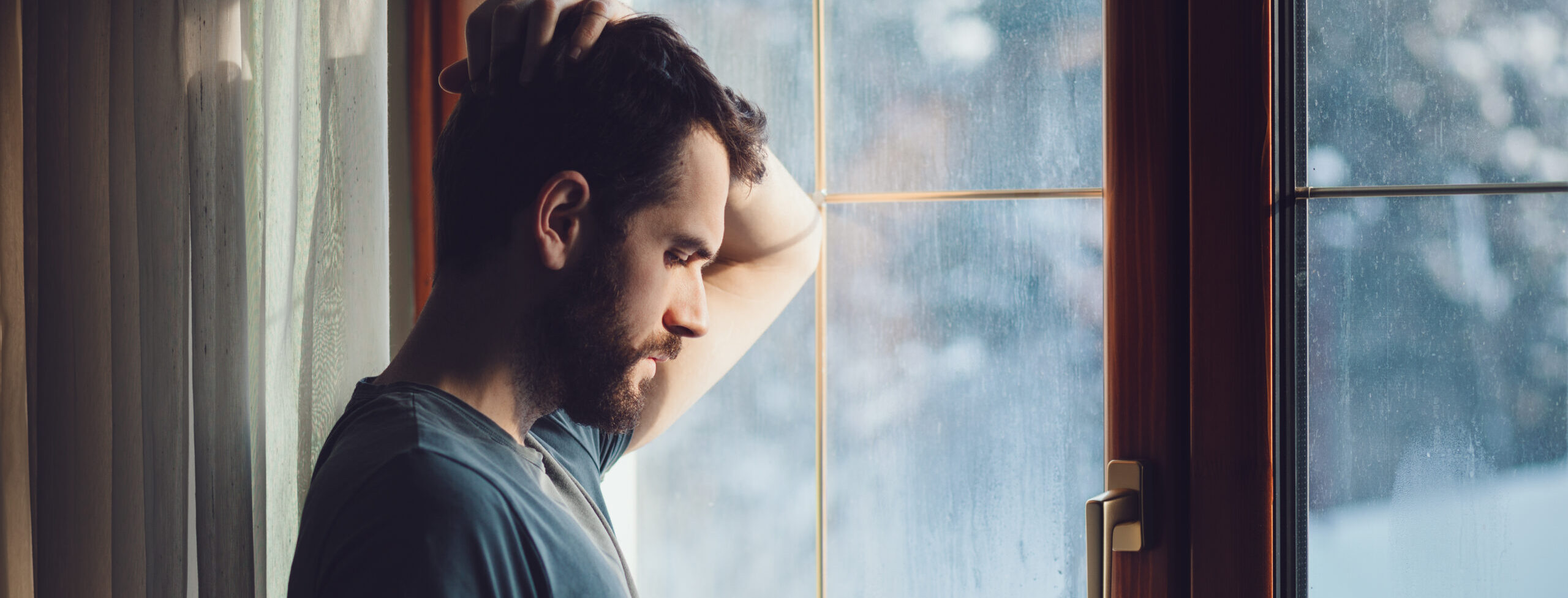
Shedding Light on Seasonal Affective Disorder:
Understanding and Managing Winter Blues
As the days grow shorter and the winter chill sets in, many people may notice a change in their mood and energy levels. For some, this shift can lead to a type of depression known as Seasonal Affective Disorder (SAD). If you’ve been feeling more down than usual during the colder months, you’re not alone. Let’s delve into what SAD is, its symptoms, and some effective strategies to help manage it.
What is Seasonal Affective Disorder?
Seasonal Affective Disorder is a type of depression that typically occurs during the fall and winter months when there’s less natural sunlight. It’s thought to be related to changes in light exposure, which can affect our body’s internal clock, or circadian rhythm, as well as the production of serotonin and melatonin—two key hormones that regulate mood and sleep.
While it’s common to feel a little down as the holidays pass and the winter drag on, SAD is more severe and can significantly impact daily life.
Recognizing the Symptoms
Understanding the symptoms of SAD is the first step in addressing it. Common signs include:
- Low Energy: You may feel lethargic and find it hard to get out of bed.
- Changes in Sleep Patterns: This can manifest as oversleeping or insomnia.
- Changes in Appetite: Some people crave carbohydrates, leading to weight gain.
- Difficulty Concentrating: You might find it challenging to focus on tasks.
- Social Withdrawal: A desire to isolate from friends and family can occur.
If you’re experiencing several of these symptoms, it’s important to take them seriously and consider seeking support.
Managing Seasonal Affective Disorder
- Light Therapy: One of the most effective treatments for SAD is light therapy. This involves sitting in front of a special light box that mimics natural sunlight for about 20-30 minutes each day. It can help regulate your circadian rhythm and boost serotonin levels, helping alleviate symptoms.
- Get Outside: Whenever possible, try to spend time outdoors during daylight hours. Even a short walk in the sun can be beneficial. Natural light exposure can help lift your mood, so bundle up and soak in those rays when you can!
- Stay Active: Regular physical activity can combat feelings of depression. Exercise releases endorphins, which are natural mood lifters. Consider finding an activity you enjoy, whether it’s yoga, dancing, or a brisk walk, and try to incorporate it into your routine.
- Maintain a Routine: Keeping a regular schedule can help stabilize your mood. Try to go to bed and wake up at the same time each day, and create a daily routine that includes self-care activities.
- Connect with Others: Don’t underestimate the power of social support. Reach out to friends or family members, even if it’s just a quick chat. Sharing your feelings can lighten the emotional load and remind you that you’re not alone.
- Consider Professional Help: If your symptoms persist or worsen, it’s important to reach out to a mental health professional. Therapy can provide valuable tools for coping with SAD, and in some cases, medication may be recommended.
Finding Your Light
Seasonal Affective Disorder can be challenging, but it’s important to remember that brighter days are ahead. By recognizing the symptoms and implementing these management strategies, you can navigate the winter months with more ease and resilience.
If you’re struggling with SAD or simply need someone to talk to, don’t hesitate to reach out for support. You deserve to feel your best, no matter the season!
